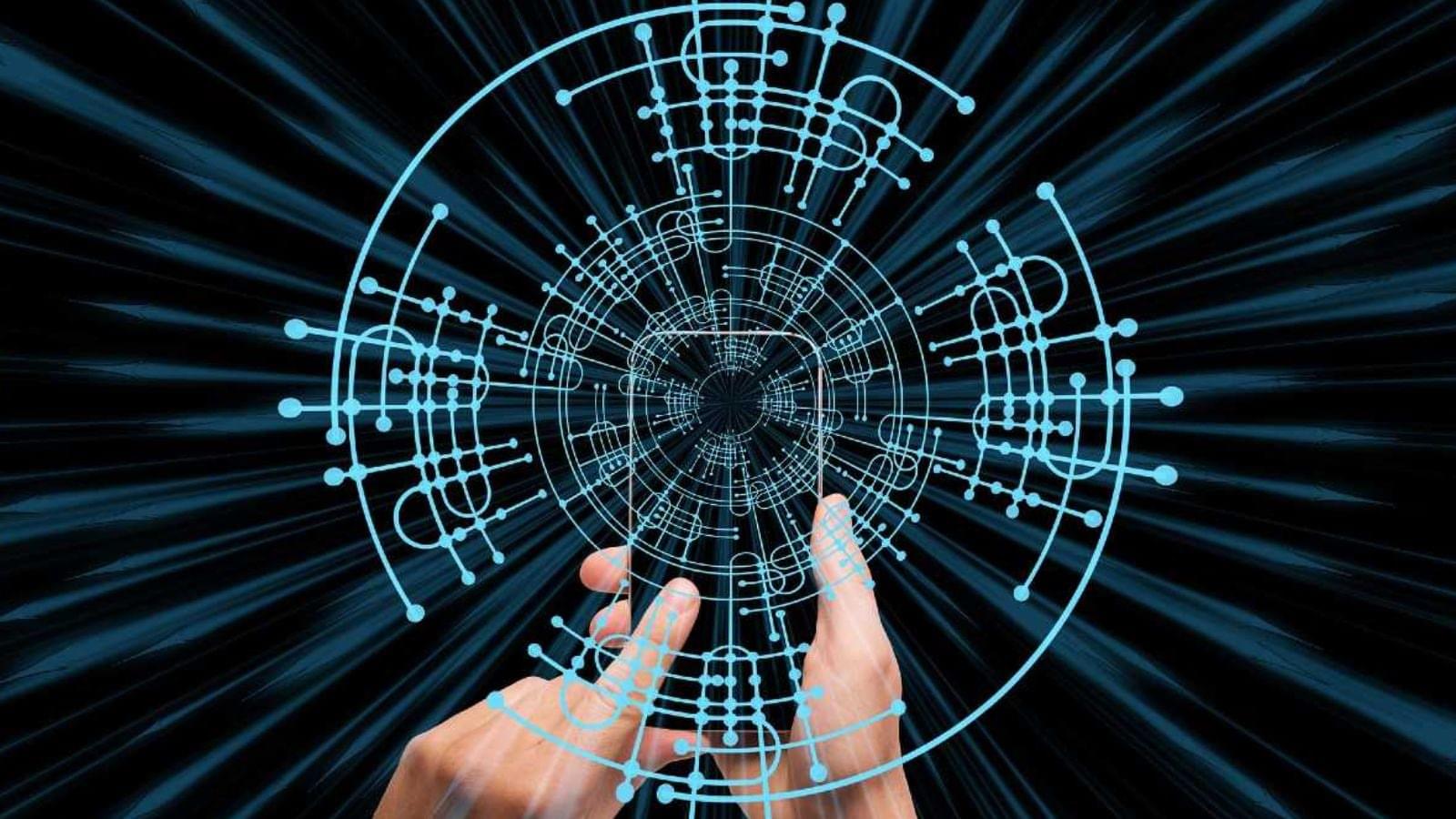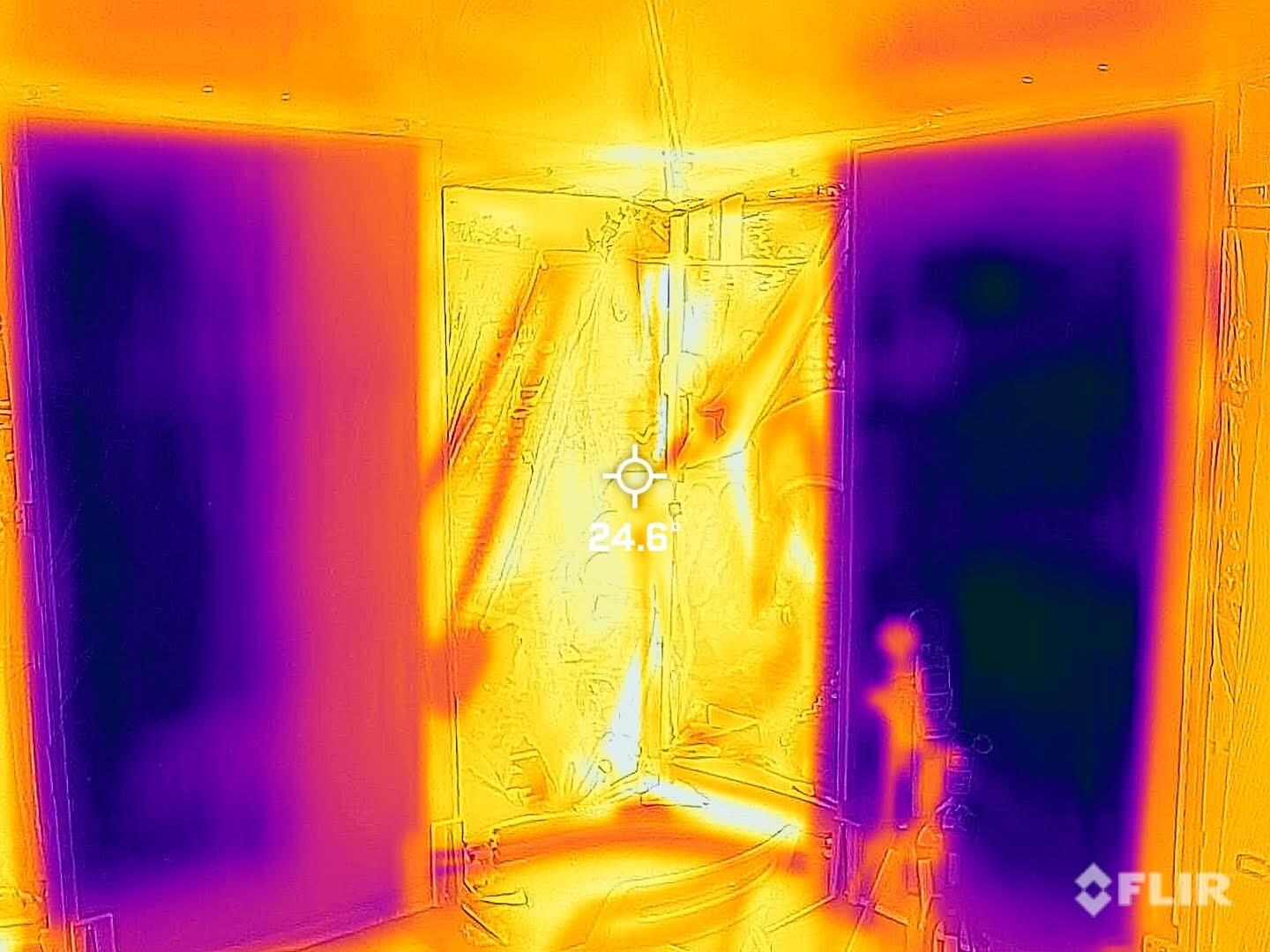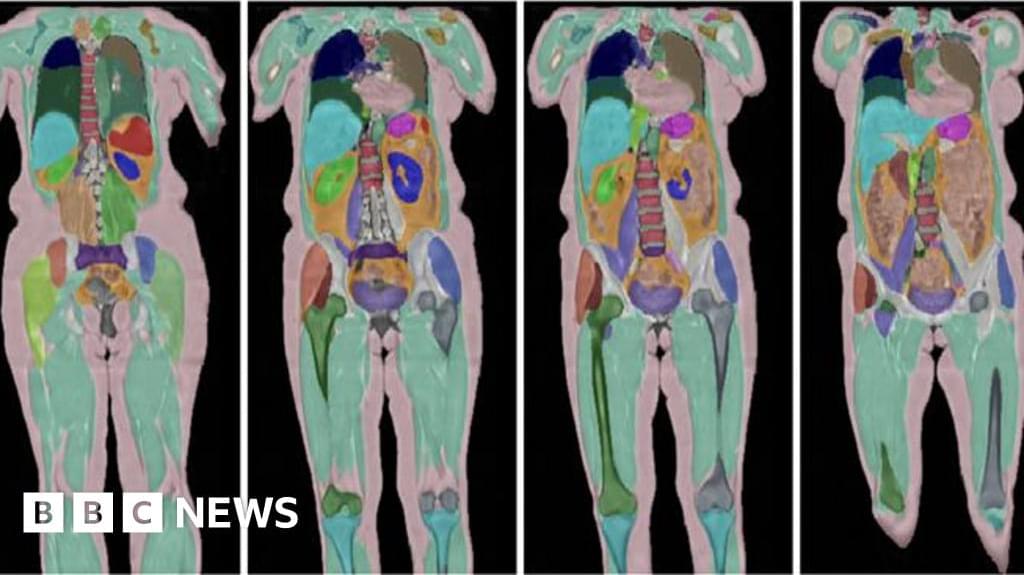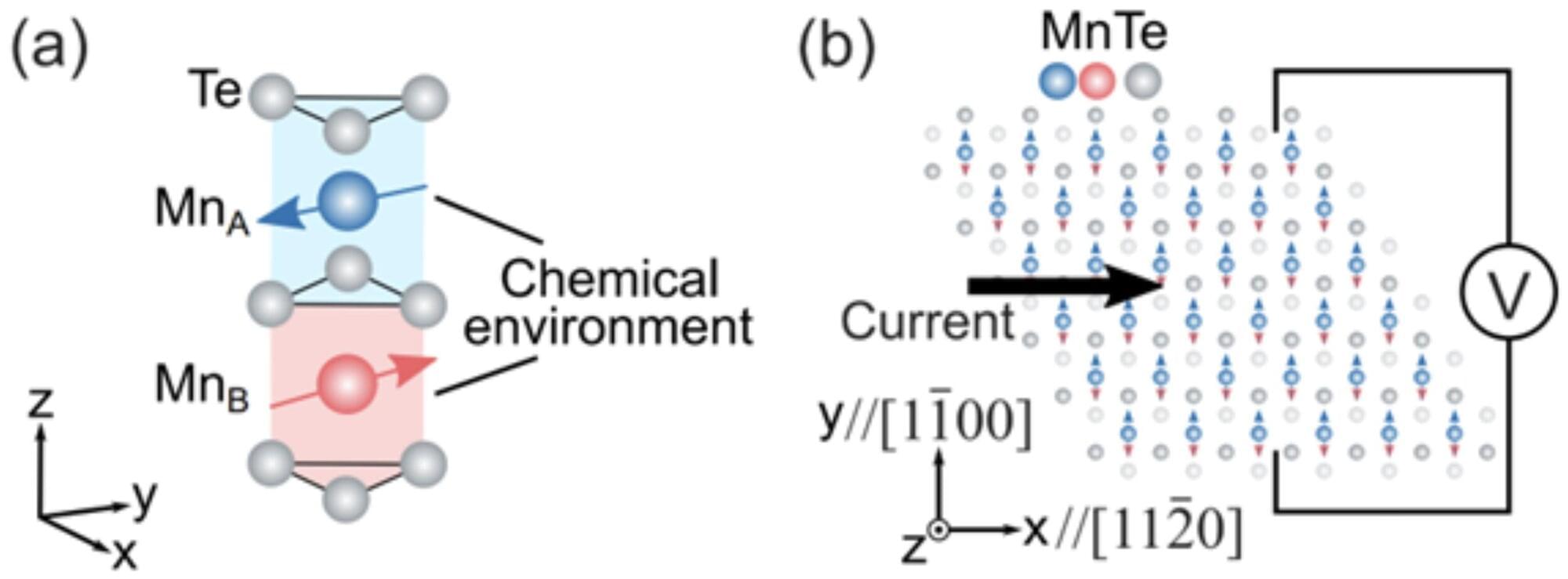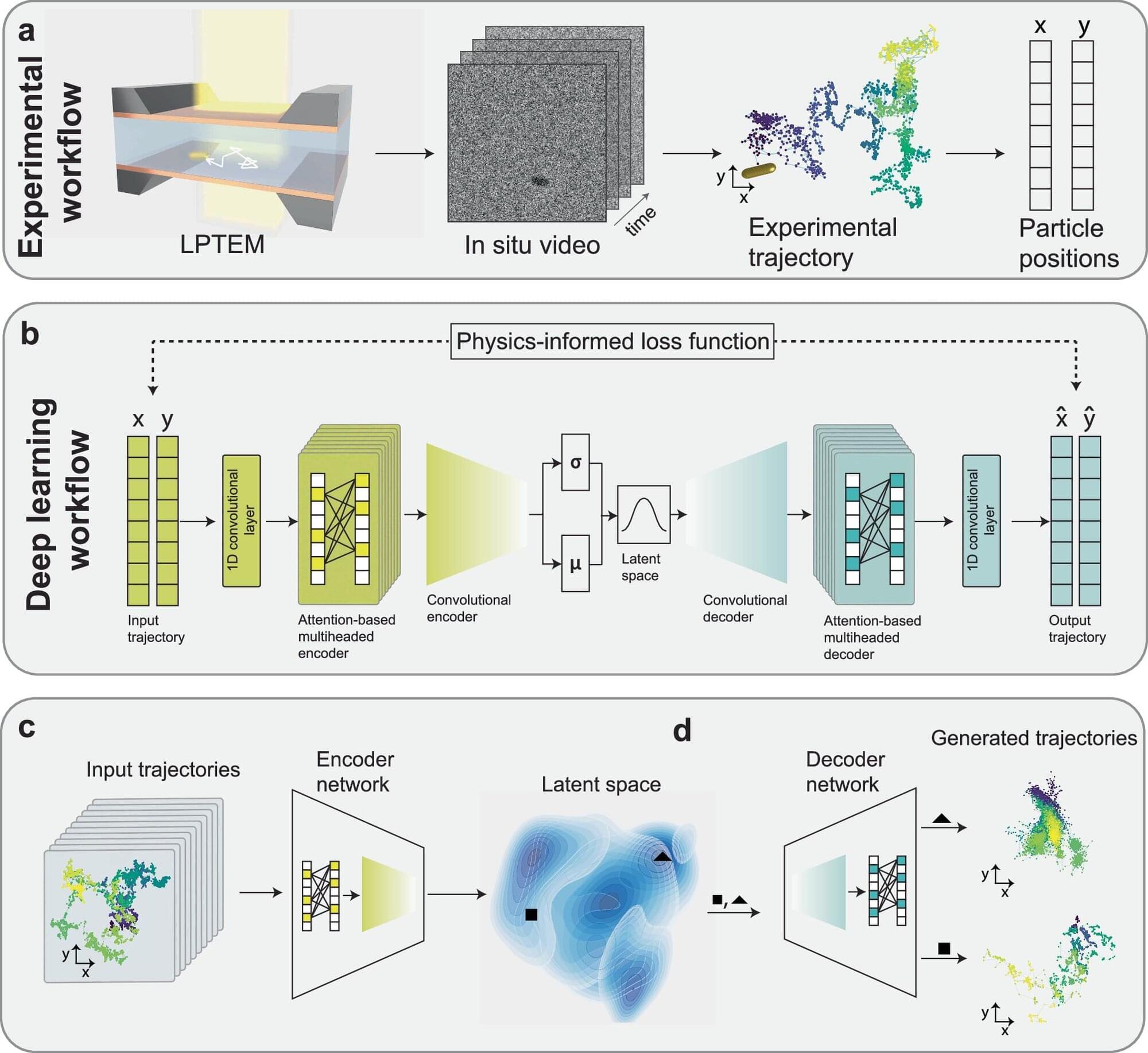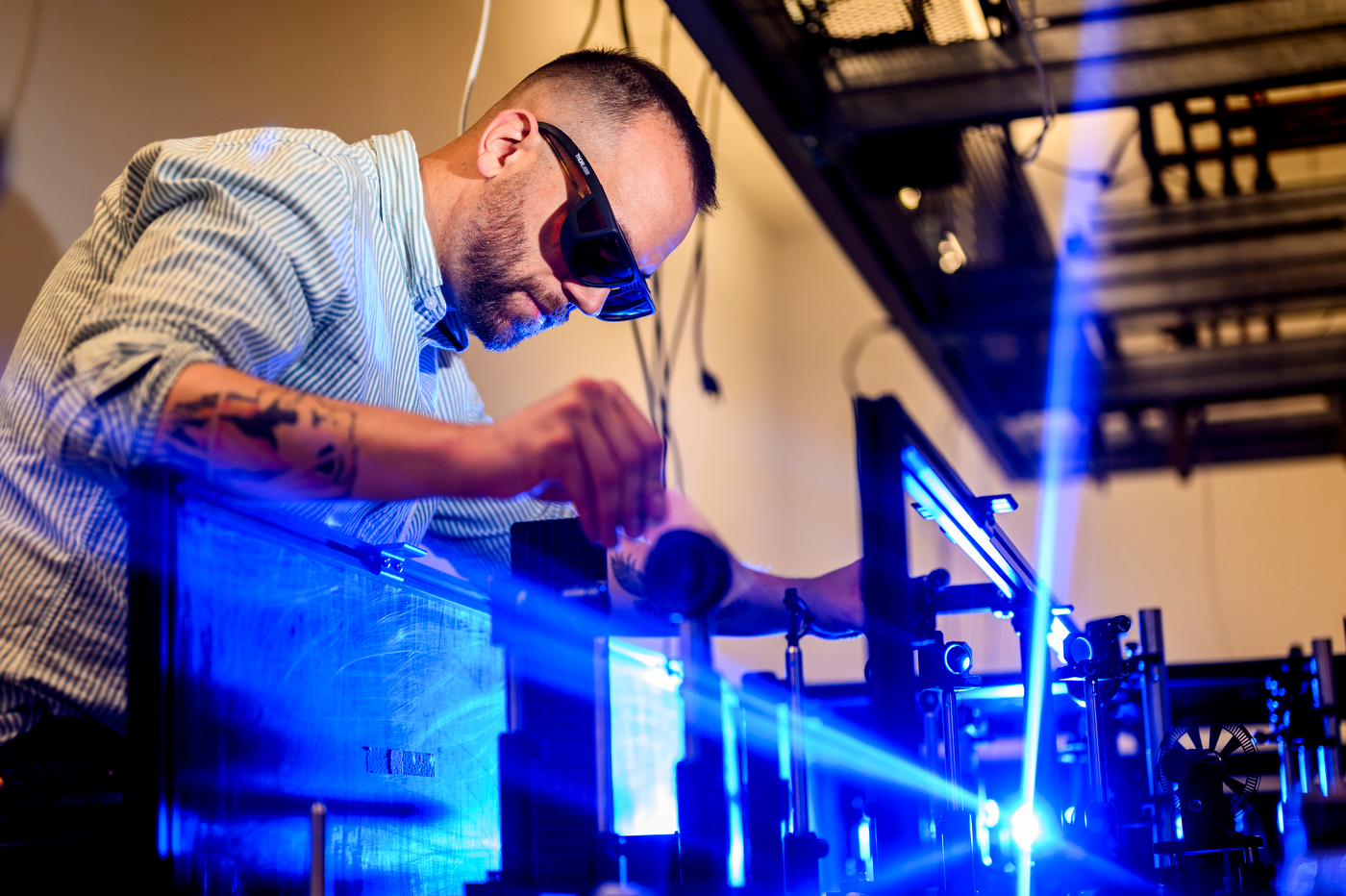Japan has set a new world record for internet speed, reaching 1.02 petabits per second, according to the country’s National Institute of Information and Communications Technology (NICT). That’s fast enough to download the entire Netflix library or the English version of Wikipedia thousands of times in just one second.
To compare, this new speed is 16 million times faster than India’s average internet speed of about 63.55 Mbps and 3.5 million times faster than the average internet speed in the United States, based on current data.
